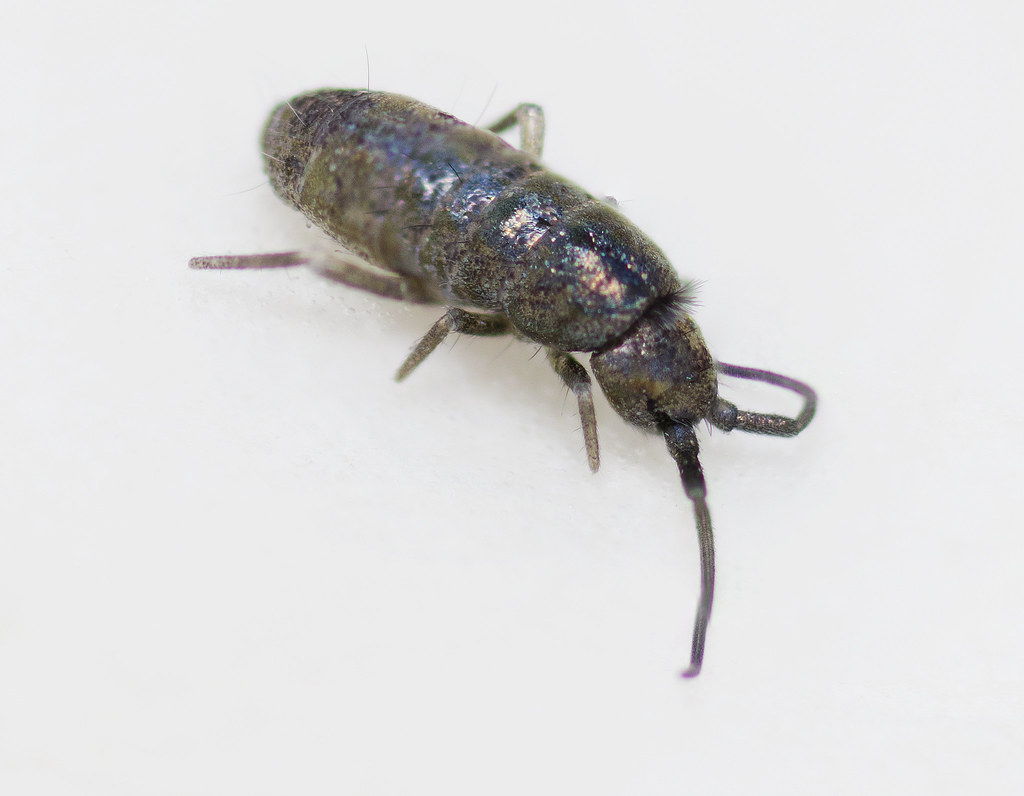You’re washing dishes late at night when something catches your eye. A minuscule speck moves across the wet surface of your sink, then vanishes in the blink of an eye. You lean closer, wondering if you imagined it, when another tiny creature springs into view before disappearing just as quickly. Welcome to the secret world of springtails, the microscopic acrobats that have been sharing your home all along.
These remarkable creatures aren’t insects at all, despite their bug-like appearance. They belong to an ancient lineage that predates even the dinosaurs, making them living fossils in your very own kitchen. While most people dismiss them as mere “bathroom bugs,” springtails represent one of nature’s most successful survival stories, thriving in environments that would challenge even the hardiest creatures.
What Exactly Are Springtails?
Springtails belong to the class Collembola, a group of arthropods that split off from the insect family tree hundreds of millions of years ago. These primitive creatures measure between 0.25 to 6 millimeters in length, making them barely visible to the naked eye. Their bodies are soft and elongated, typically colored in shades of white, gray, or brown, though some species display vibrant blues and purples.
The most distinctive feature of springtails is their forked jumping organ called a furcula, which they keep tucked under their abdomen like a loaded spring. When threatened, they can release this biological catapult to launch themselves up to 100 times their body length. Imagine if humans could jump the length of two football fields in a single bound.
The Amazing Jumping Mechanism
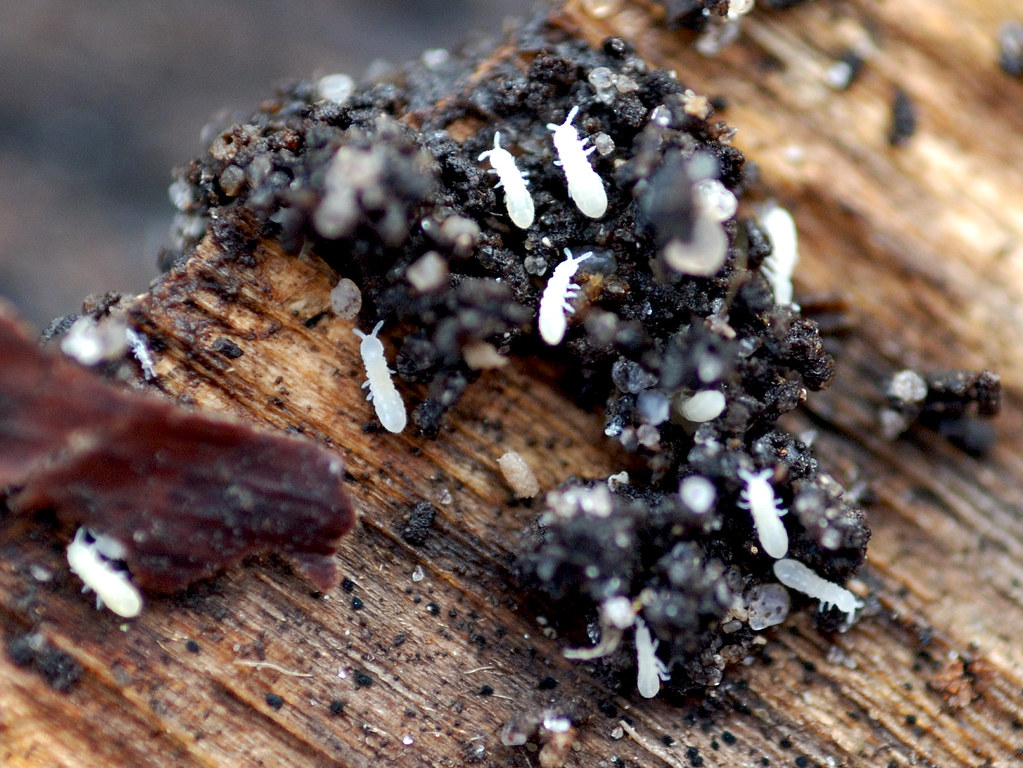
The springtail’s jumping ability puts Olympic athletes to shame. Their furcula works like a miniature pogo stick, storing elastic energy that can be released in milliseconds. When a springtail senses danger, it contracts special muscles that suddenly release the furcula, propelling the creature through the air at speeds that would make a cheetah envious.
This jumping mechanism isn’t just for show. It serves as their primary escape strategy from predators like spiders, ants, and centipedes. The randomness of their jump direction makes them nearly impossible to catch, turning what could be a death sentence into a spectacular vanishing act. Scientists have clocked springtails reaching accelerations of up to 200 times the force of gravity.
Why Your Sink Is Paradise for Springtails
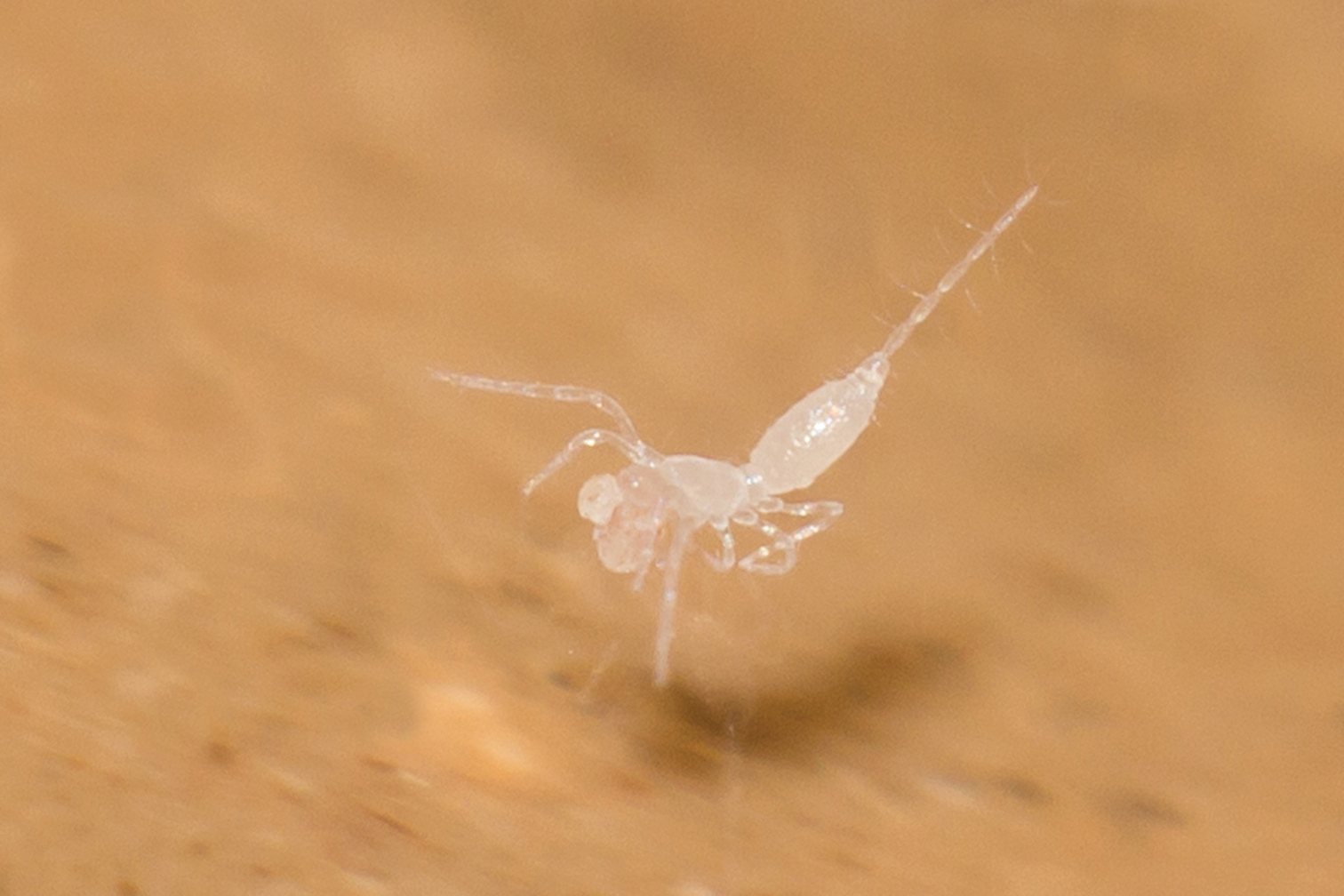
Your bathroom and kitchen sinks provide the perfect habitat for springtails. These moisture-loving creatures require high humidity levels to survive, and the constantly damp environment around your drains creates an ideal microclimate. The organic matter that accumulates in sink traps and around faucets provides an abundant food source.
Springtails feed on decomposing organic material, bacteria, fungi, and algae. That thin film of soap scum, hair, and food particles in your sink isn’t just unsightly – it’s a five-star restaurant for these tiny creatures. They also thrive on the biofilm that forms in moist areas, making your sink’s ecosystem surprisingly complex and self-sustaining.
The Secret Life of Sink Dwellers
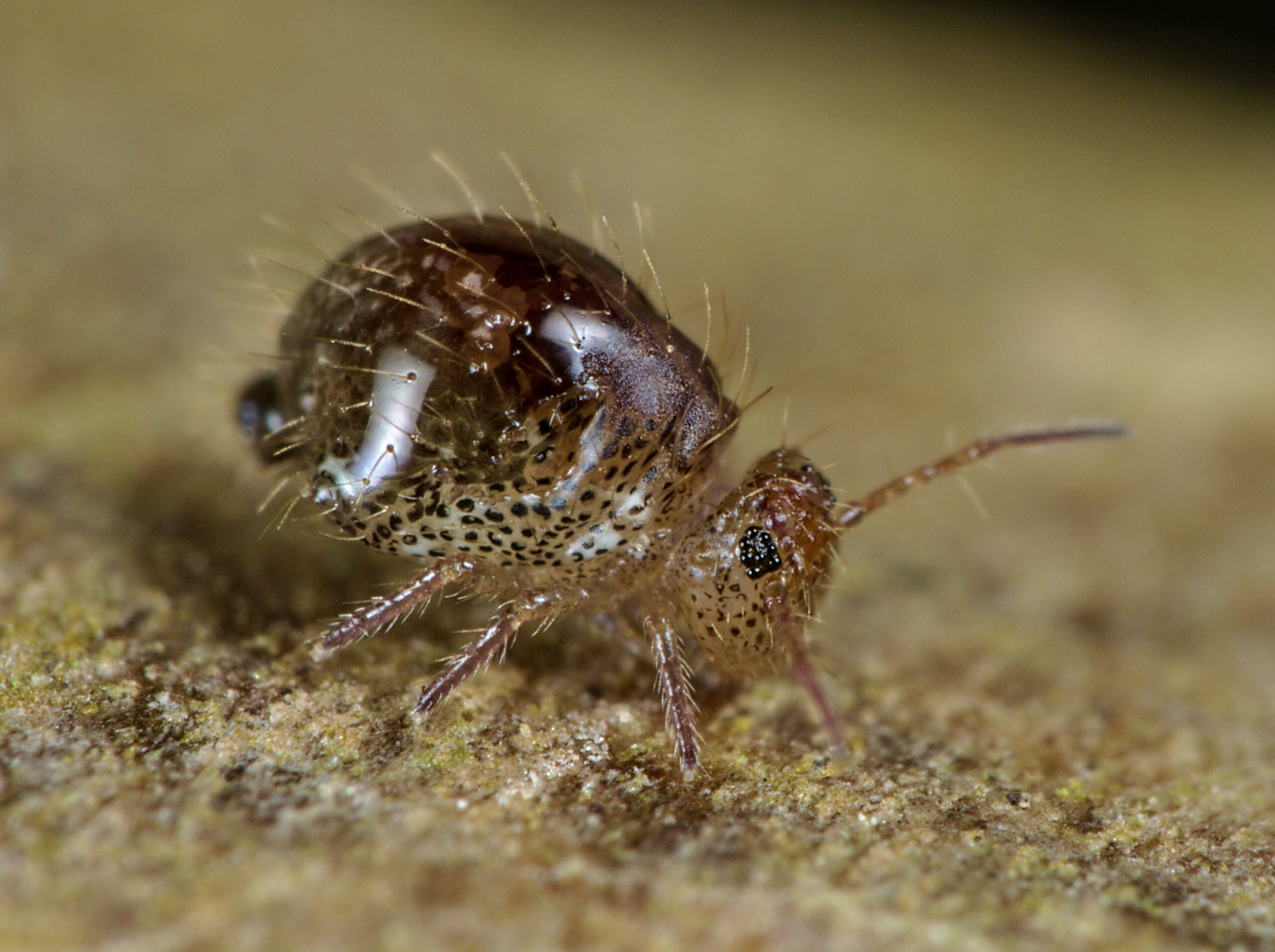
While you sleep, an entire civilization of springtails becomes active in your sink. They emerge from cracks in grout, spaces around pipes, and drain openings to forage for food. These nocturnal creatures are surprisingly social, often gathering in large groups when conditions are favorable.
Springtails communicate through chemical signals, leaving pheromone trails that help others locate food sources and suitable breeding sites. During their nightly adventures, they can cover remarkable distances relative to their size, exploring every nook and cranny of your sink area. Some species even practice a form of agriculture, cultivating fungi in their preferred microenvironments.
Reproduction and Life Cycle
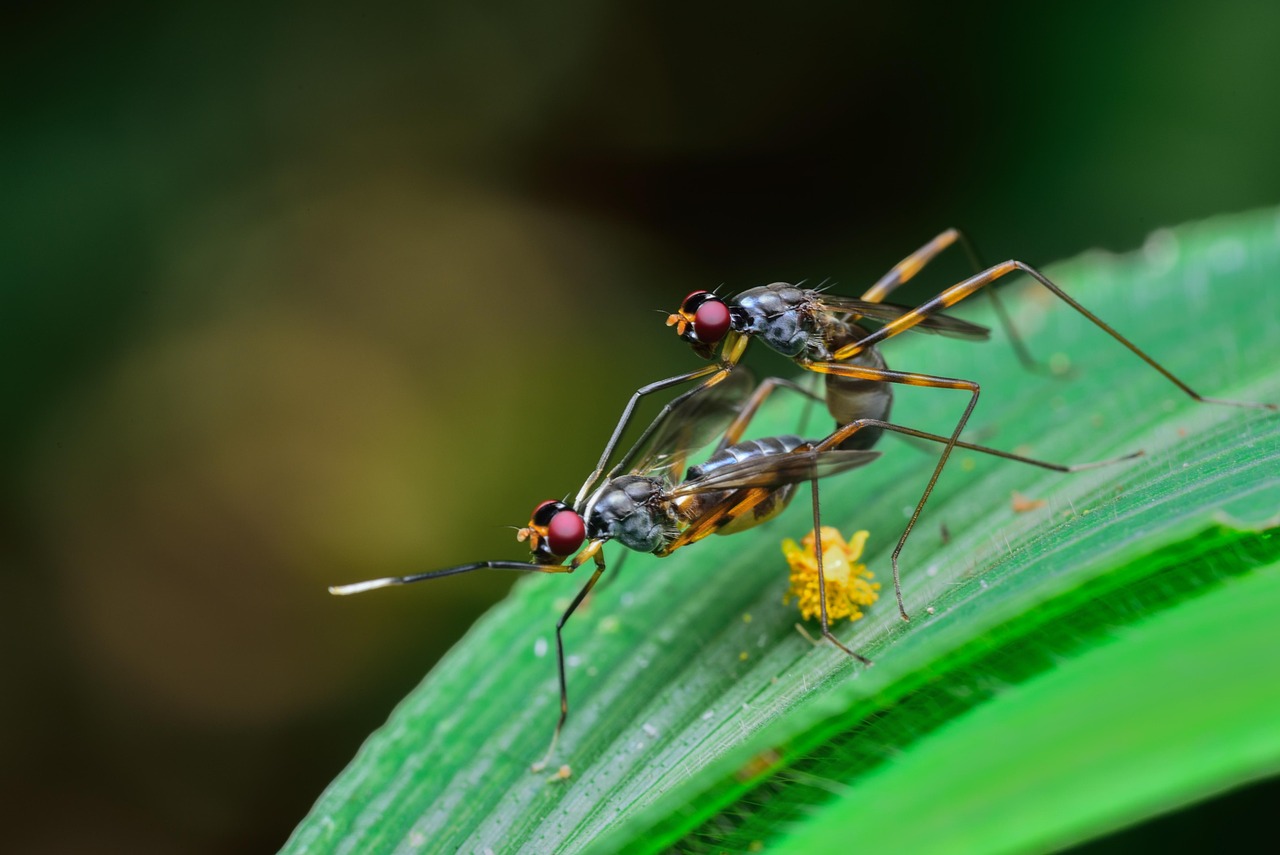
Springtails reproduce through a unique process that doesn’t involve direct mating. Males deposit sperm packets called spermatophores on surfaces, which females then collect and use to fertilize their eggs. This indirect method of reproduction allows springtails to breed successfully even in isolated environments like your sink.
Female springtails lay clusters of eggs in moist, protected areas such as the spaces between tiles or inside drain pipes. The eggs hatch into miniature versions of adults, bypassing the larval stage that most insects go through. Young springtails molt several times as they grow, shedding their outer skin to accommodate their increasing size.
Ancient Survivors in Modern Homes

Springtails have been perfecting their survival strategy for over 400 million years, making them some of the oldest terrestrial arthropods on Earth. They witnessed the rise and fall of the dinosaurs, survived multiple mass extinctions, and adapted to virtually every environment on the planet. Finding them in your sink is like discovering living dinosaurs in your bathroom.
These remarkable creatures can survive extreme conditions that would kill most other small animals. Some species can withstand temperatures below freezing, while others thrive in desert conditions. Their ability to enter a state of suspended animation when conditions become unfavorable allows them to wait out droughts or cold spells.
The Ecological Role of Springtails
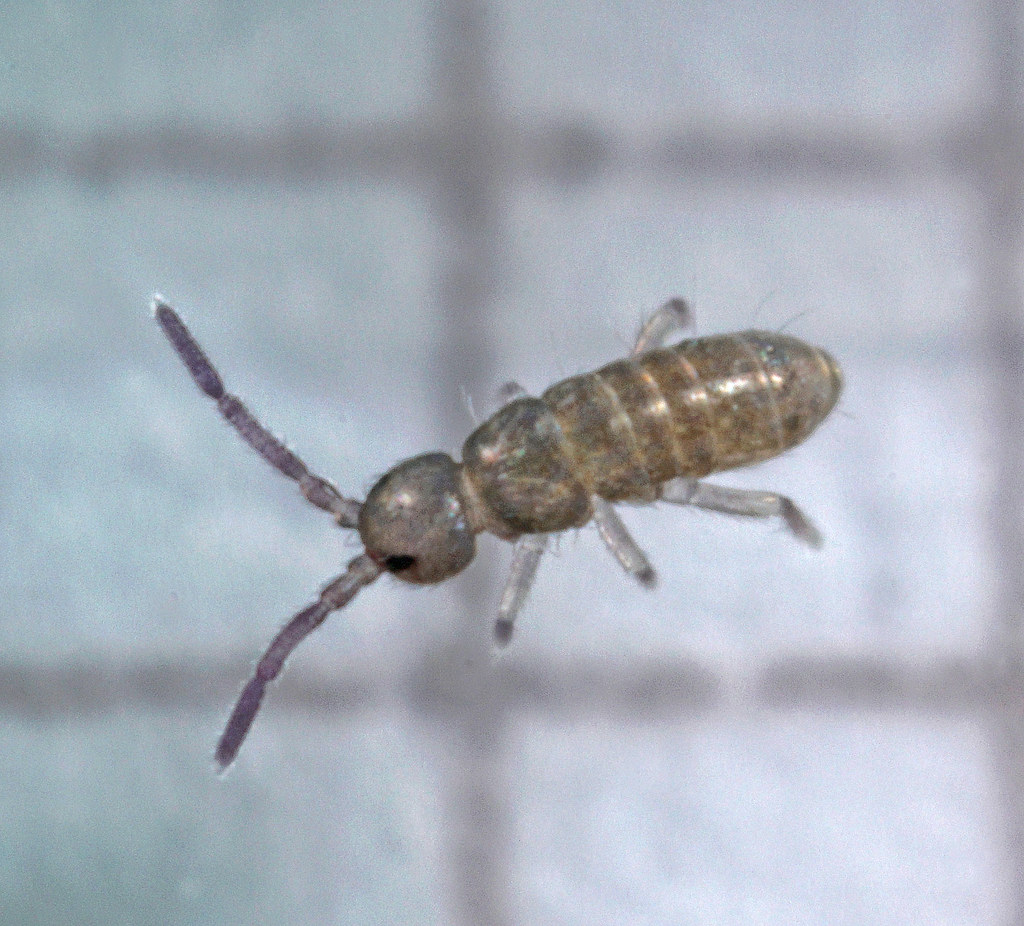
Despite their tiny size, springtails play a crucial role in ecosystem health. In natural environments, they serve as decomposers, breaking down dead plant material and recycling nutrients back into the soil. A single square meter of forest floor can contain over 100,000 springtails, making them one of the most abundant animals on Earth.
In your home, springtails actually provide a valuable service by consuming organic waste and preventing the buildup of harmful bacteria and fungi. They’re nature’s tiny janitors, working around the clock to keep your sink’s ecosystem in balance. Without them, the organic matter in your drains would decompose much more slowly, potentially creating unpleasant odors and unhealthy conditions.
Identifying Different Species
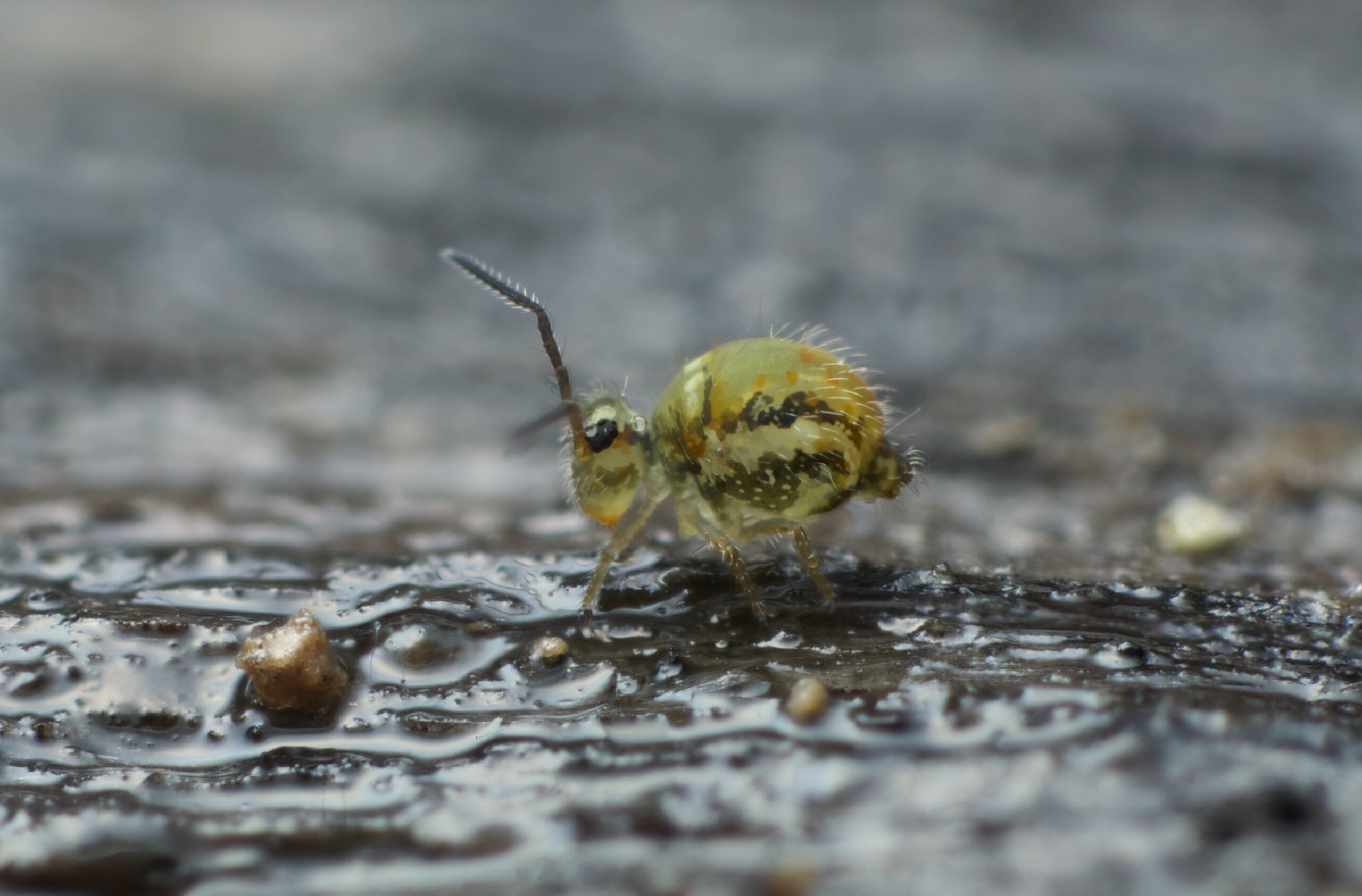
Not all springtails are created equal. The species most commonly found in sinks belongs to the genus Lepidocyrtus, characterized by their metallic sheen and relatively large size. These “silver springtails” are often the ones people notice first due to their reflective scales and more visible movements.
Another common bathroom dweller is Hypogastrura, a smaller, white species that prefers the darkest, dampest areas around your sink. These creatures are so small they can easily be mistaken for dust particles until they suddenly leap away. Some tropical species accidentally introduced through houseplants can display stunning colors, appearing like tiny jewels in your sink.
Signs of a Springtail Population
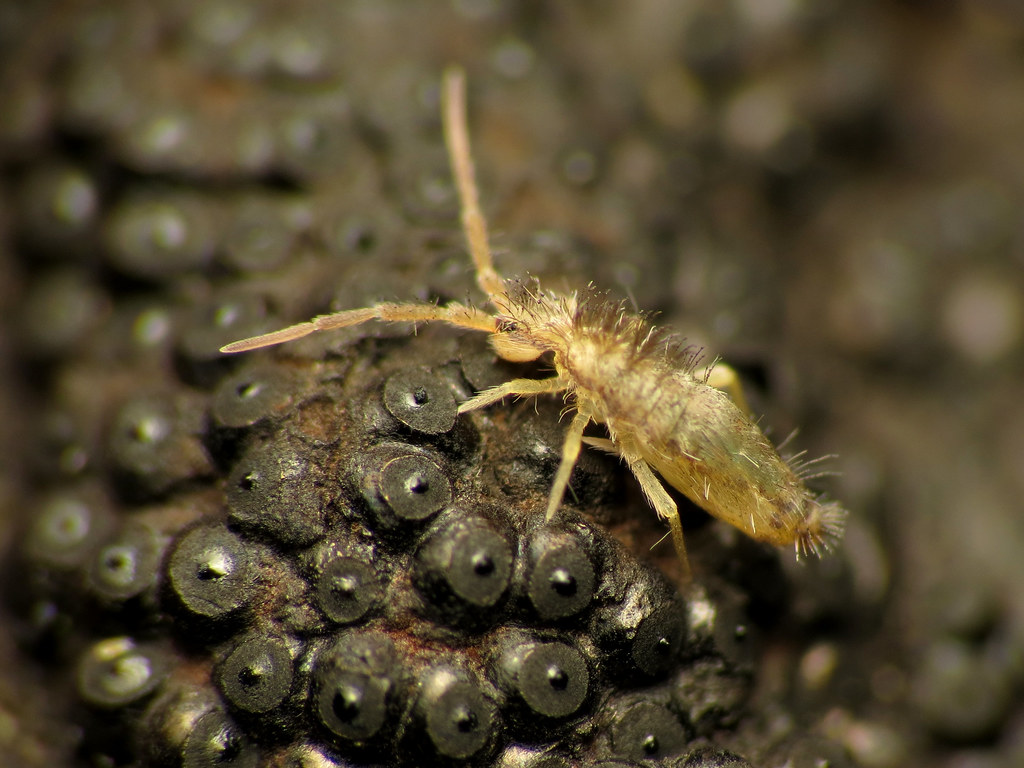
The most obvious sign of springtails in your sink is their sudden disappearance when you turn on the lights. These photophobic creatures scatter instantly when exposed to bright light, making them seem like they’re playing hide-and-seek. You might also notice tiny black specks on white surfaces that mysteriously vanish when you look closer.
During humid weather or after periods of heavy rain, springtail populations can explode. You may find hundreds of these tiny creatures congregating around your sink, especially in the evening hours. Their presence often indicates high moisture levels and abundant organic matter in your home’s hidden spaces.
Springtails vs. Other Tiny Insects
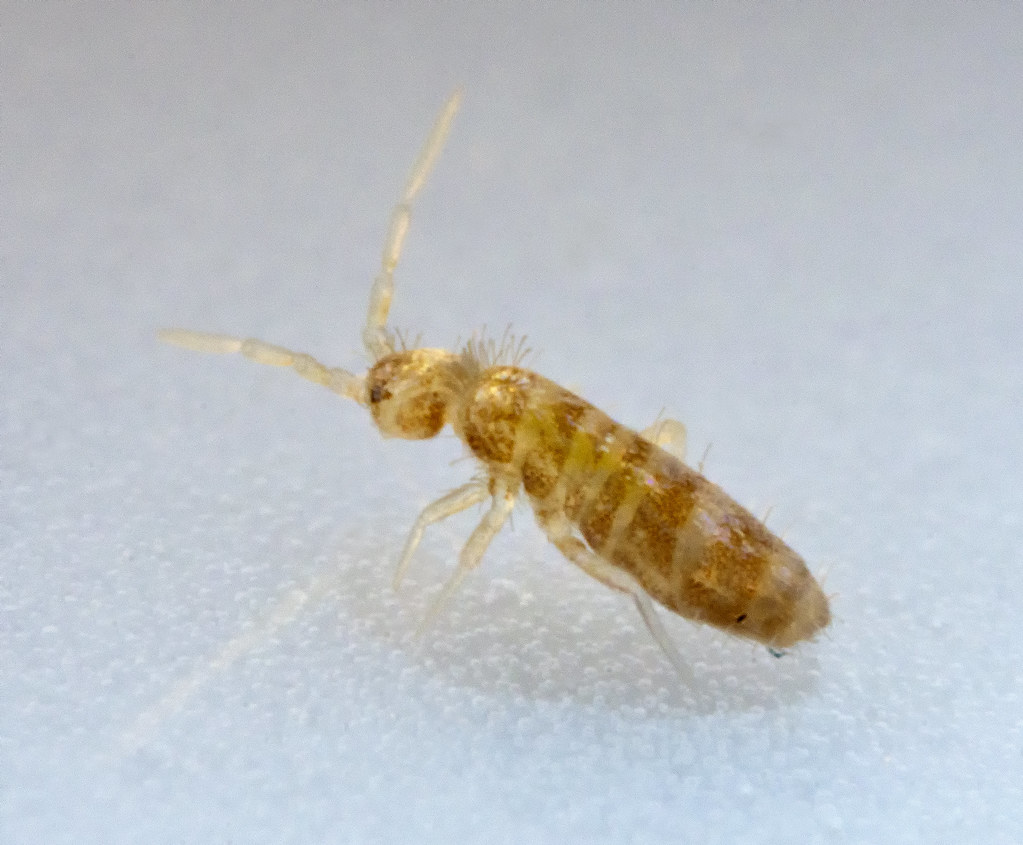
Many people confuse springtails with other small insects like gnats, thrips, or young cockroaches. However, springtails have several distinguishing characteristics that set them apart. Unlike true insects, they lack wings and cannot fly, relying entirely on their jumping ability for rapid movement.
Springtails also have a unique body structure with only six abdominal segments, compared to the eleven found in most insects. Their antennae are typically shorter and more segmented than those of similar-sized insects. Most importantly, their characteristic jumping behavior is unmistakable – no other creature of their size can leap with such explosive force.
Managing Springtail Populations
If springtails become too numerous in your sink, the solution lies in moisture control rather than pesticides. These creatures require high humidity to survive, so reducing moisture levels around your sink will naturally limit their population. Fixing leaky pipes, improving ventilation, and regularly cleaning organic matter from drains can significantly reduce their numbers.
Regular cleaning with bleach or vinegar solutions can help eliminate the biofilm and organic matter that springtails feed on. However, it’s worth remembering that these creatures are beneficial decomposers, so complete elimination isn’t necessary or desirable. A small population of springtails actually indicates a healthy, balanced ecosystem in your home.
Fascinating Springtail Adaptations
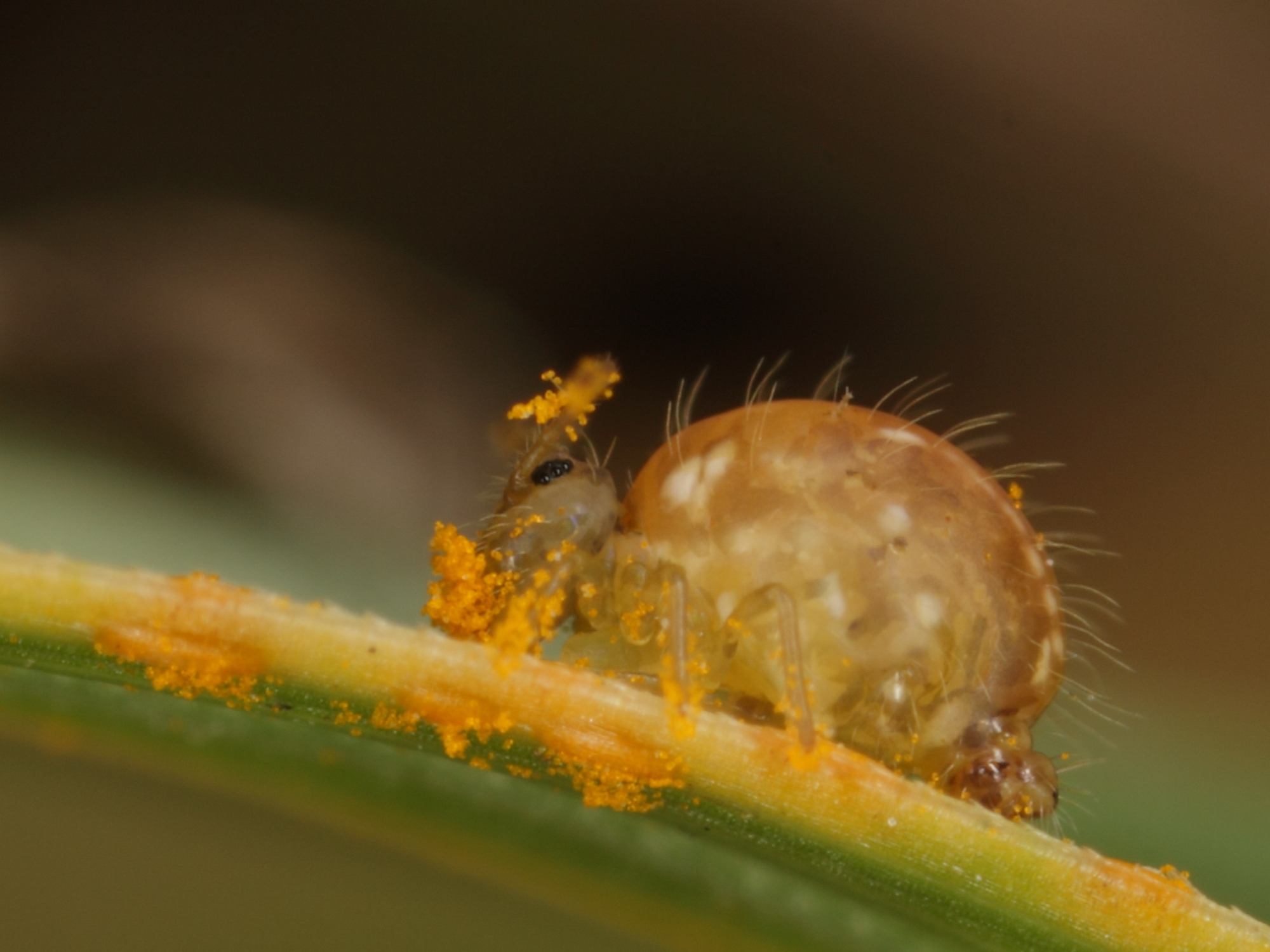
Springtails have evolved remarkable adaptations that allow them to thrive in the challenging environment of your sink. They can absorb water directly through their skin, eliminating the need to actively seek out water sources. Some species can even survive complete submersion for extended periods, making them nearly impossible to drown.
Their ability to walk on water is another impressive adaptation. Springtails can navigate the surface tension of water droplets, essentially walking on liquid surfaces like microscopic water striders. This skill allows them to explore your sink’s wet surfaces without fear of drowning, opening up new foraging opportunities.
The Global Springtail Community
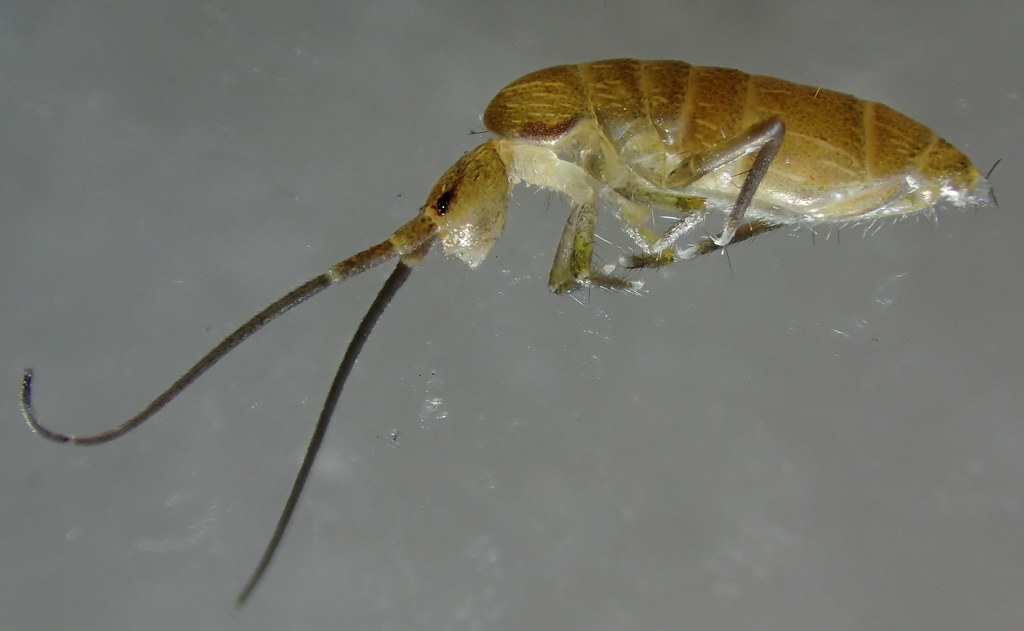
Scientists have identified over 9,000 species of springtails worldwide, with new species being discovered regularly. These creatures have colonized every continent, including Antarctica, where they represent some of the few animals capable of surviving the harsh polar conditions. The species in your sink are likely cosmopolitan varieties that have spread around the world through human activities.
Some of the most extraordinary springtails live in caves, where they’ve evolved unique characteristics like elongated appendages and enhanced sensory organs. Others inhabit the canopies of tropical rainforests, forming complex communities hundreds of feet above the ground. The humble springtails in your sink are part of this vast, diverse family of microscopic explorers.
Research and Scientific Importance
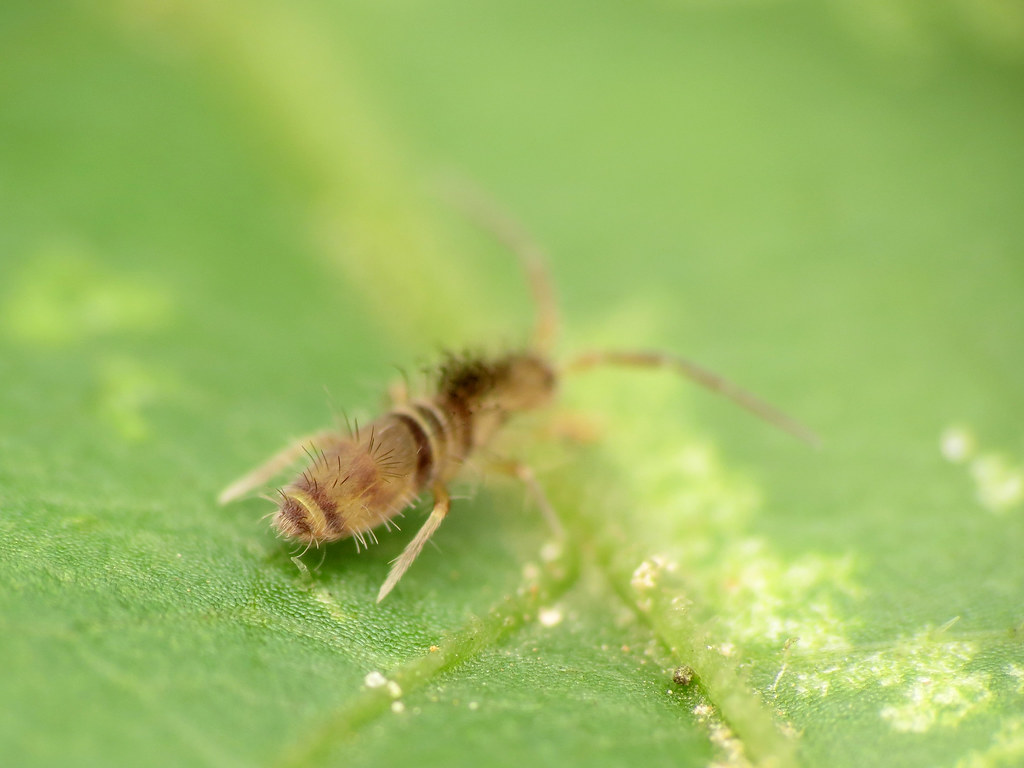
Springtails have become valuable research subjects for scientists studying evolution, ecology, and biomechanics. Their jumping mechanism has inspired engineers developing new types of micro-robots and propulsion systems. Researchers are also studying their ability to survive extreme conditions, hoping to unlock secrets that could benefit space exploration and medicine.
The genetic diversity of springtails provides insights into early arthropod evolution and the transition from aquatic to terrestrial life. Some species serve as indicator organisms for environmental health, with their presence or absence revealing important information about ecosystem conditions. Your sink’s springtails might seem insignificant, but they’re contributing to our understanding of life on Earth.
These microscopic acrobats living in your sink represent an ancient lineage that has mastered the art of survival through adaptation and resilience. Their presence in your home connects you to a natural world that operates on a scale invisible to most human observers. Rather than viewing them as unwanted intruders, consider them as fascinating neighbors who’ve been quietly sharing our planet for hundreds of millions of years. Next time you spot one of these tiny jumpers disappearing into the depths of your drain, remember that you’re witnessing one of nature’s most successful survival stories playing out in miniature. What other microscopic worlds might be thriving right under our noses?

